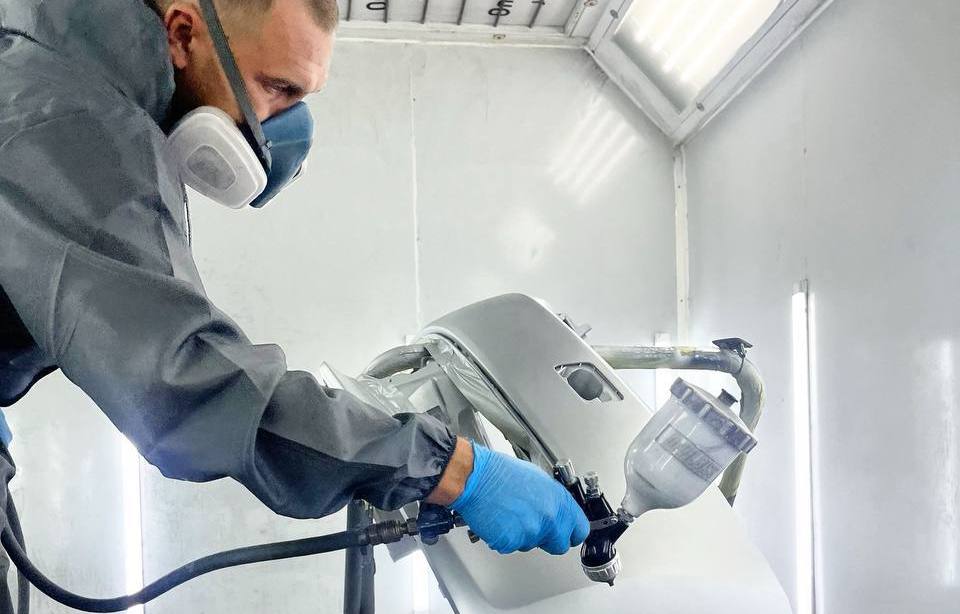An air conditioner is an important part of comfort in a modern car, providing cooling and regulating the temperature of the internal air. It consists of several main components that work together to create a comfortable environment in the car.
The car air conditioner device includes the following main components: compressor, condenser, expansion valve and evaporator. Each of them performs its function in the chain of the cooling process.
The principle of operation of the air conditioner is based on the cyclic process of changing the state of the working substance, usually freon. The first stage is the compression of gaseous freon by a compressor. As a result of compression, the temperature of the gas rises, and it turns into a high-temperature gas under high pressure.
Then the high-temperature gas enters the condenser, where it is cooled and condensed into a liquid. In the process of condensation, freon gives off heat to the environment and becomes liquid.
The next step is the passage of liquid freon through the expansion valve. Here, the freon pressure decreases, and it turns into a cold low-temperature liquid state. The freon then enters the evaporator.
In the evaporator, liquid freon is passed through special lamellas or tubes, where it evaporates, absorbing heat from the surrounding air. As a result of this process, the air is cooled, and the cooled air is supplied to the passenger compartment through the ventilation system.
In this case, the evaporating freon turns back into a gaseous state and returns to the compressor to repeat the whole cycle again.
An important element of the car air conditioner is the receiver-drier. It performs the function of filtering and drying the working substance, removing moisture and impurities from it. This helps prevent corrosion and damage to the air conditioning system.
Filters also play an important role in the operation of an air conditioner. They are designed to clean the air that enters the car interior. There are two main types of filters: cabin filter and air conditioning filter. The cabin filter captures dust, dirt and other contaminants, providing clean air in the cabin. The air conditioner filter protects the air conditioning system from the ingress of contaminants, which can lead to poor performance and damage to components.
For the effective use of the car air conditioner, several basic recommendations should be followed. First of all, it is recommended that you check and maintain your air conditioning system regularly to make sure it is working properly. This includes checking the level and quality of the working medium, the condition of the filters and other components.
It is also recommended to use the air conditioner at a moderate setting to avoid overheating and excessive fuel consumption. Adjusting the temperature and ventilation speed to suit your comfort will help you maintain a balance between air conditioning efficiency and vehicle interior comfort.
In addition, it is worth remembering the safety when using an air conditioner. Directing the airflow directly at the face or eyes is not recommended as this may cause discomfort and affect the driver’s concentration.
When servicing an air conditioner, it is important to consider not only its external cleanliness, but also the condition of the components. Checking regularly for leaks, wear, or damage will help prevent possible breakdowns and prolong the life of your air conditioning system.
In conclusion, air conditioning is an integral part of the comfort and convenience in a modern car. A correct understanding of its structure, the principle of operation and proper maintenance will allow you to enjoy coolness and fresh air in the car even on the hottest days.




































 Request a Call
Request a Call  Plot Route
Plot Route  Reviews on Google
Reviews on Google 
